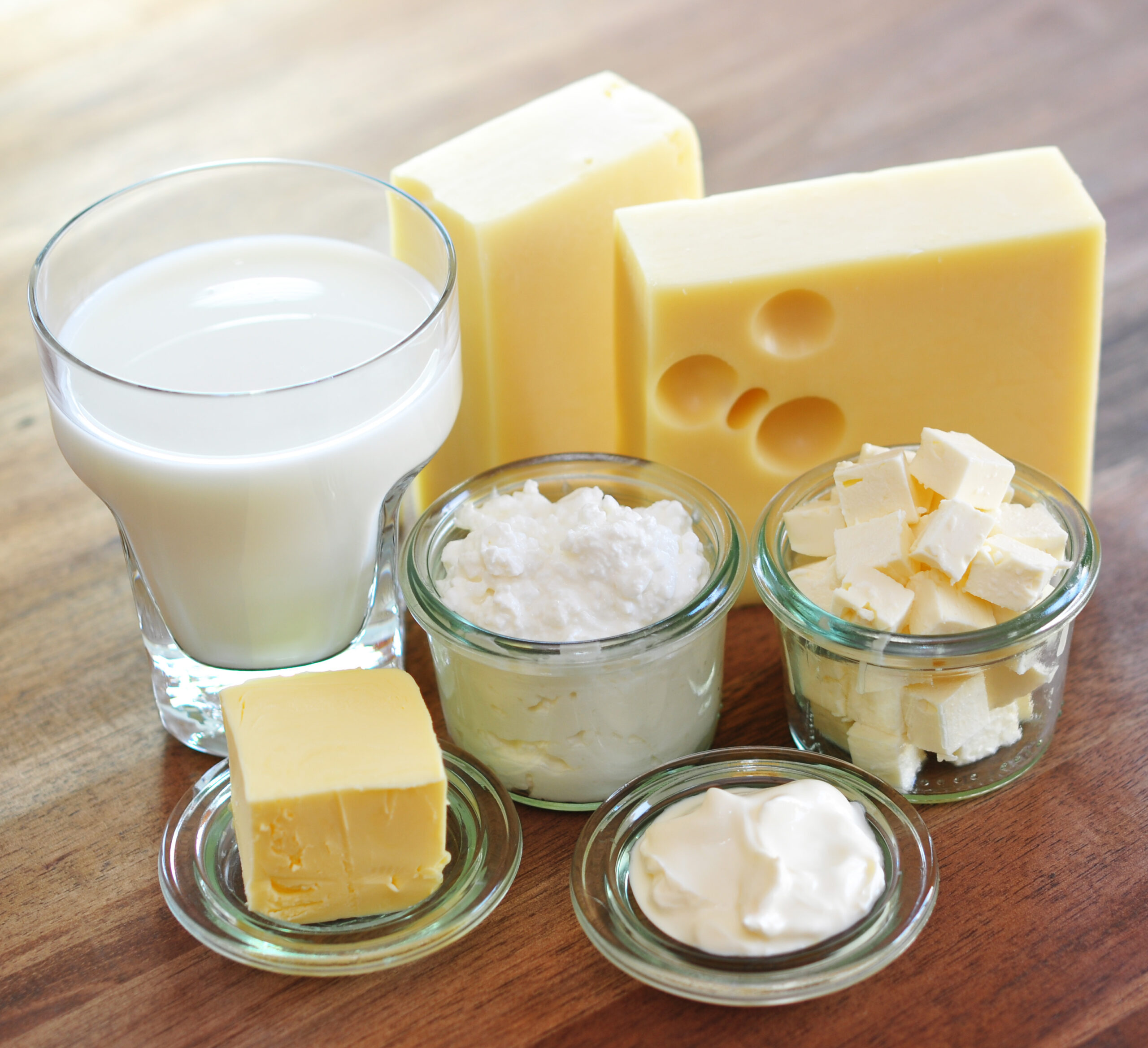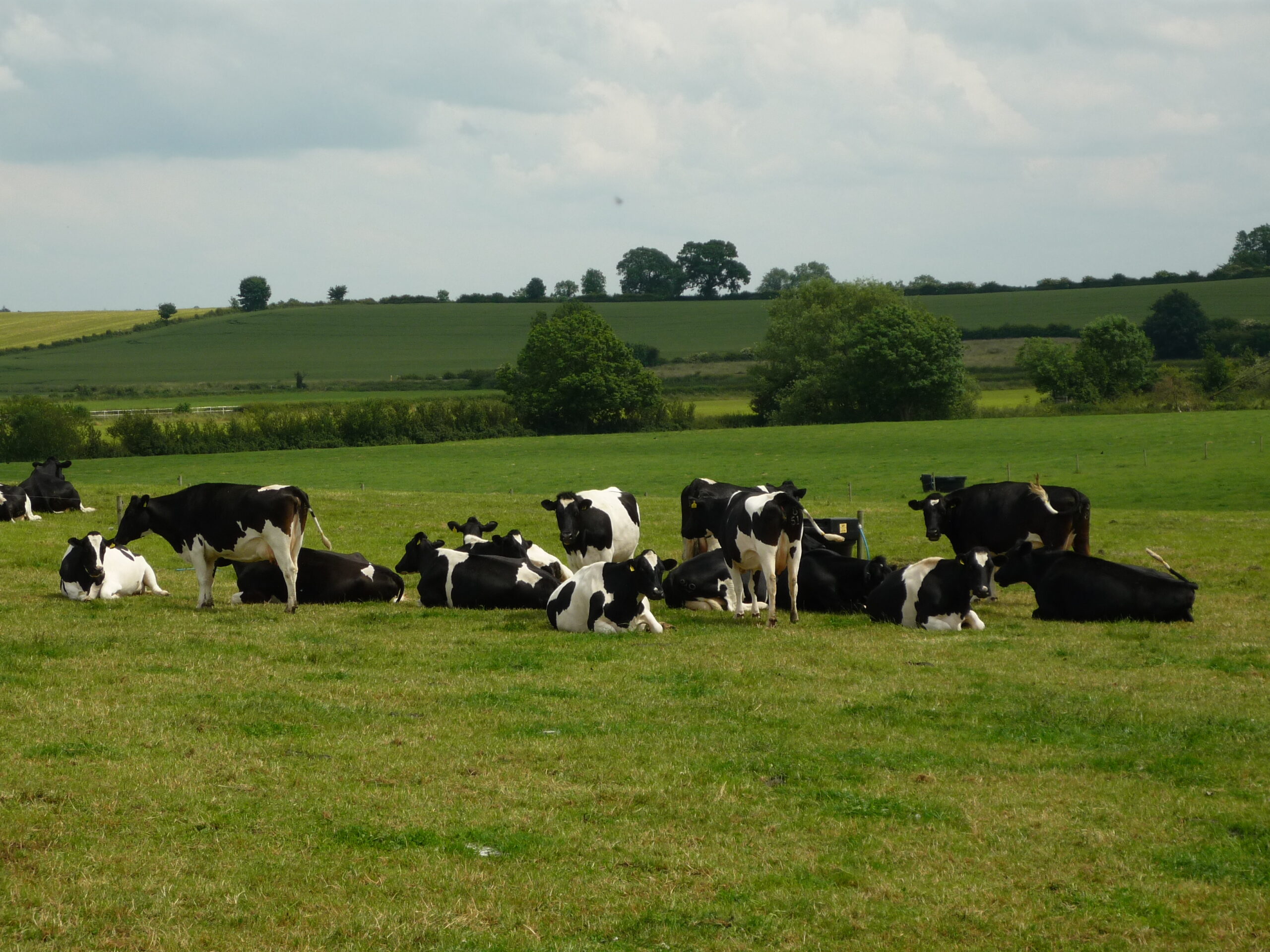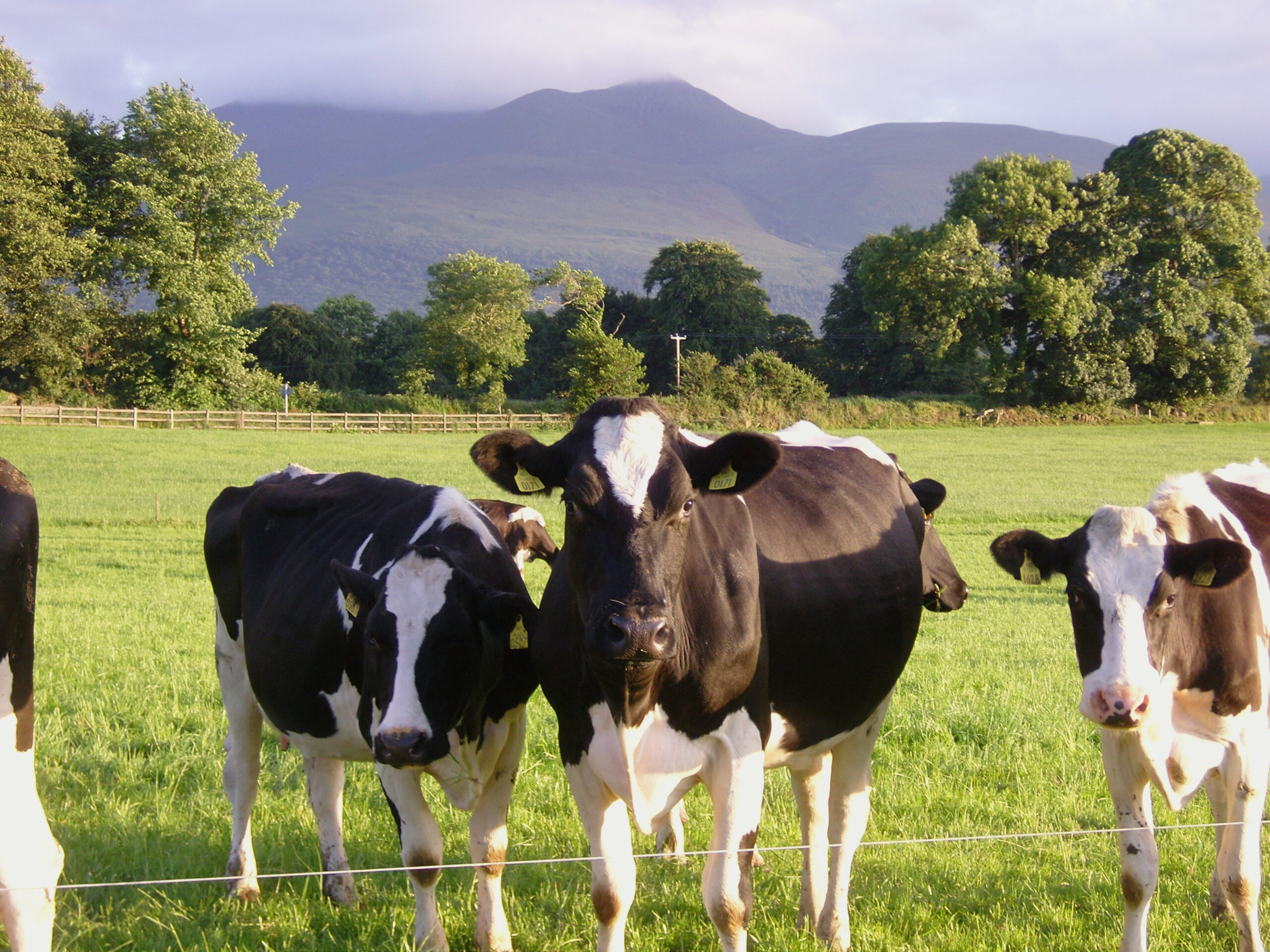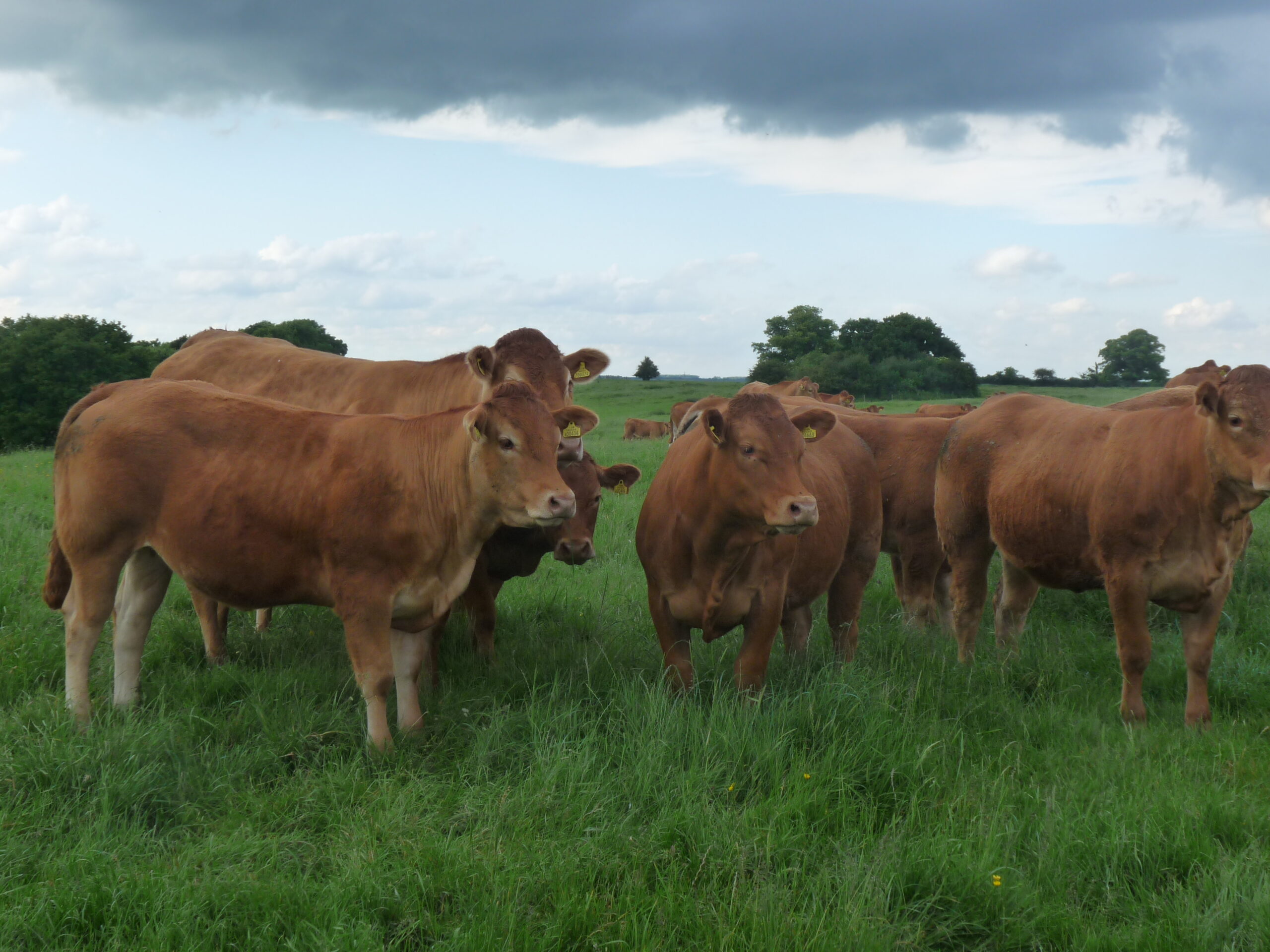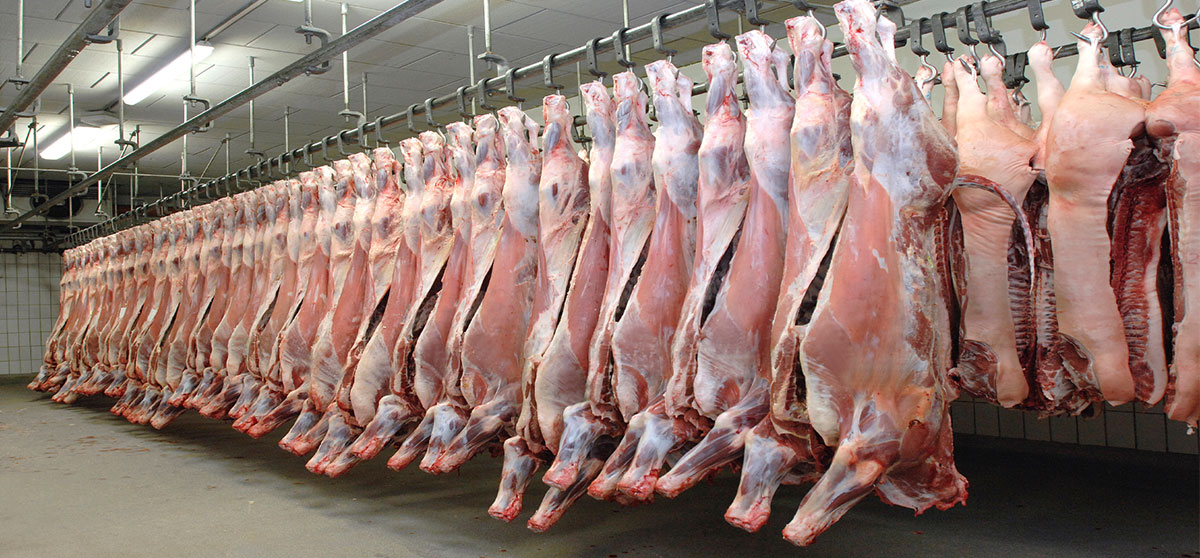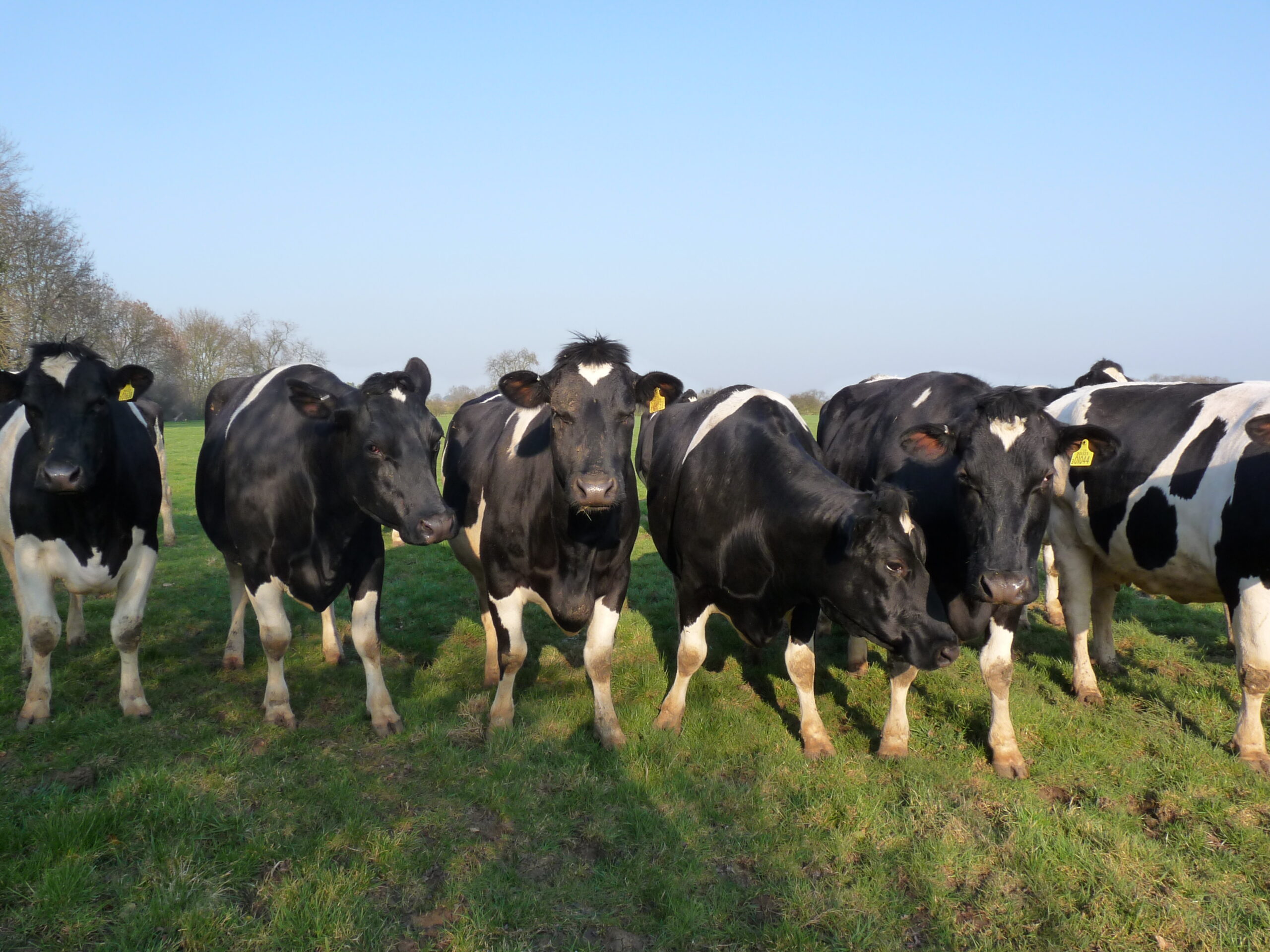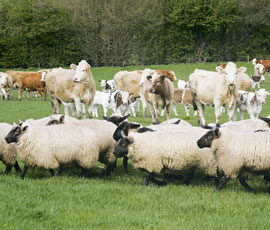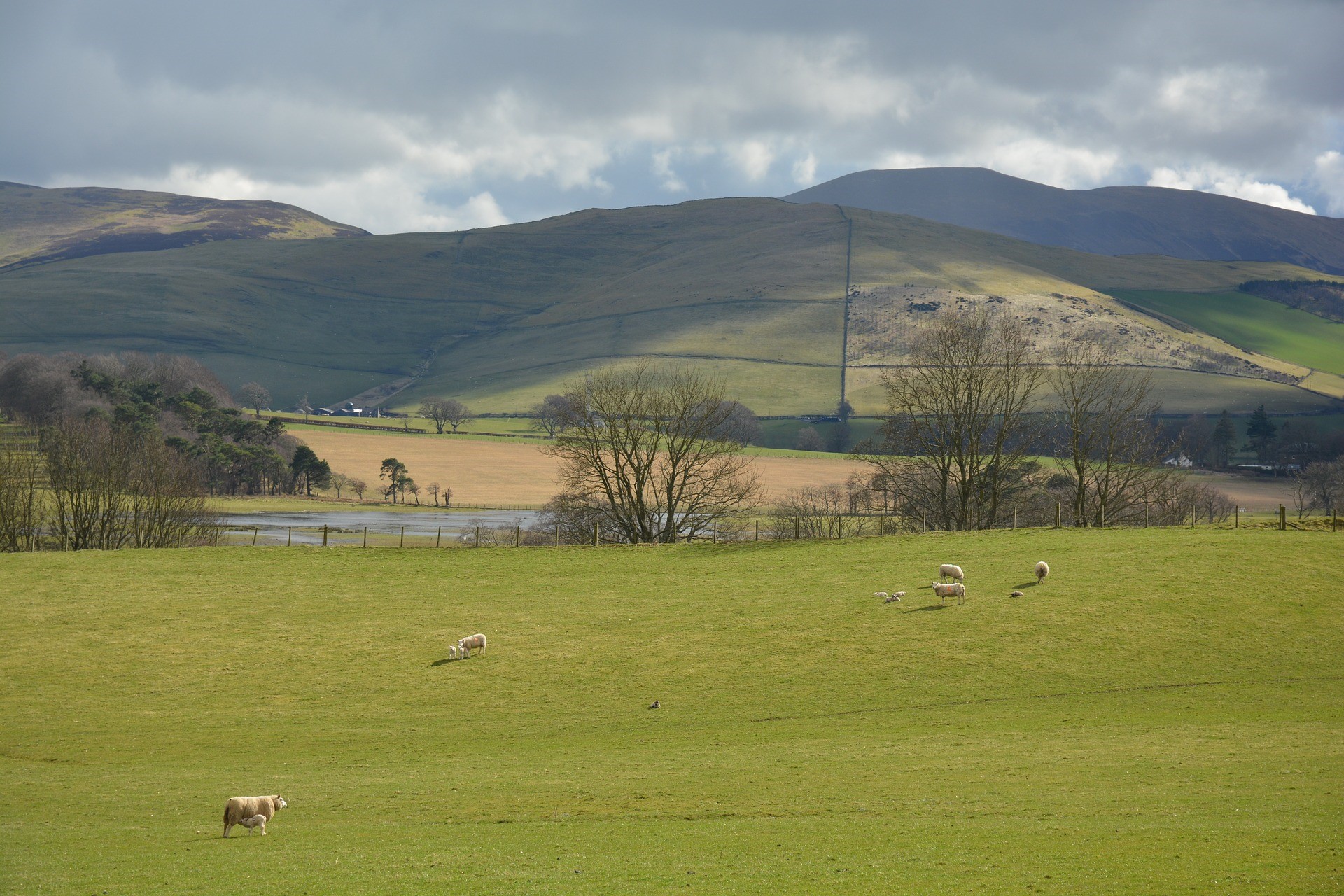Have milk prices peaked? That seems to be the opinion of many, but as commodity prices tumble, UK and global production is also in decline. Most farmgate milk prices have remained unchanged for November, but price cuts now seem inevitable and some think as early as December.
EU commodity prices, which were on the increase over the summer months, are now firmly in decline. Butter in particular, after reaching highs of €5,890 per tonne was down to €5,100 per tonne in the first week of October and it has been suggested could even fall as low as below €4,500. The UK cream price has also seen dramatic falls over recent weeks. Cheese is holding on for now, but it only seems to be a matter of ‘when’ not ‘if’ there is a decline. The global market outlook doesn’t look any better. At the latest Global Dairy Trade (GDT) event held on 16th October the average price index fell again. Albeit by only 0.3% but it has not seen a rise since 15th May.
In New Zealand, good grass growing conditions have seen milk production up in August by 4.7% compared to year earlier levels. On the back of this, Fonterra has increased its production forecast for the year by 1.3% and reduced its forecast milk price for the current year. Lower milk prices aren’t expected to reduce production during New Zealand’s peak period, September to December, when it produces in the region of 53% of its total annual output.
However according to Rabobank’s latest report, the growth in global milk production continued to slow in the third quarter of 2018 due to the drought conditions experienced in the EU and Australia. And it expects growth to slow further during the coming year due to an increase in culls as producers try to control feed costs in the wake of a lack of winter forage. It seems momentum has been building towards a farmgate milk price cut, but production over the winter months looks likely to control how deep the cut is.
